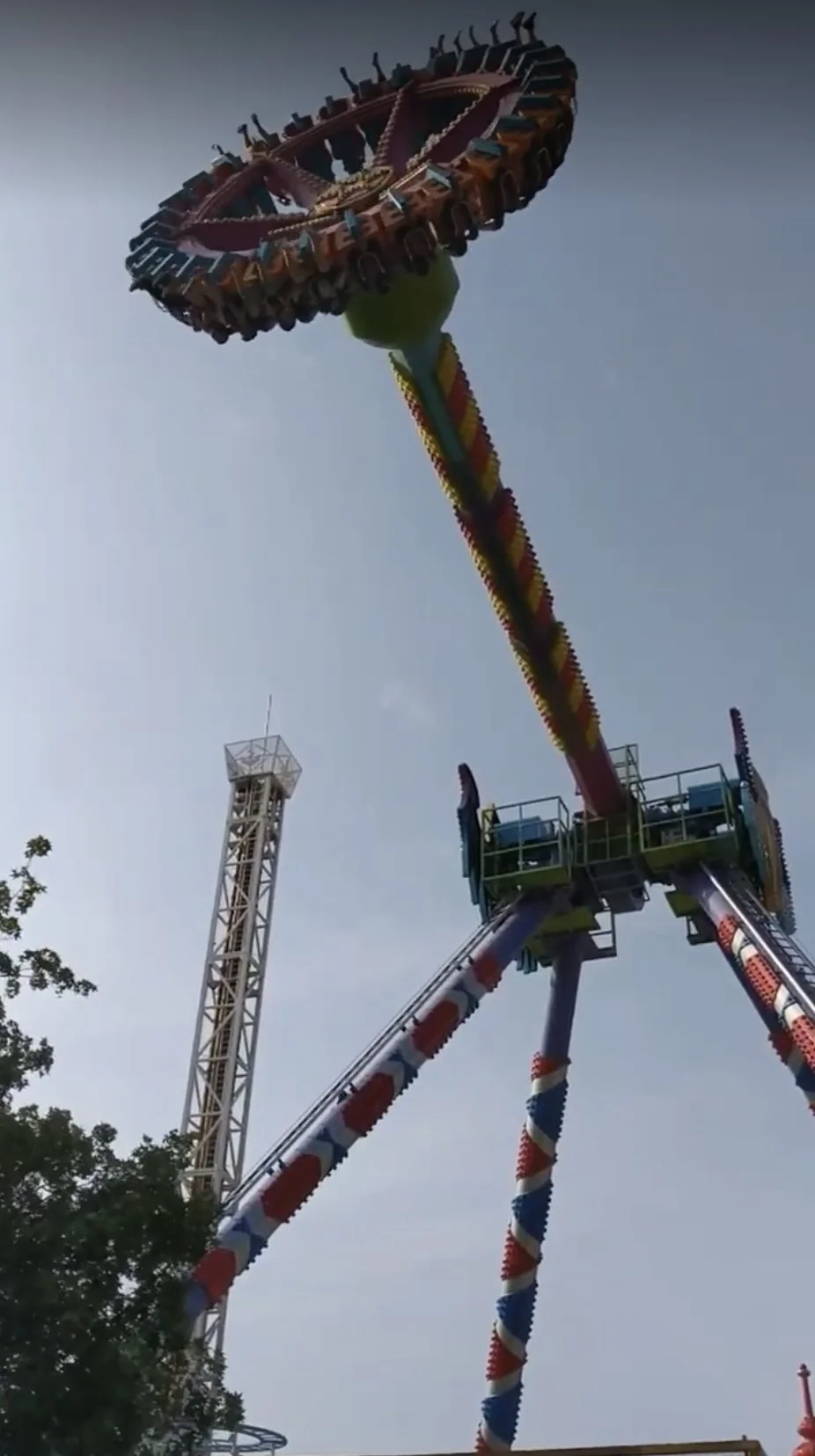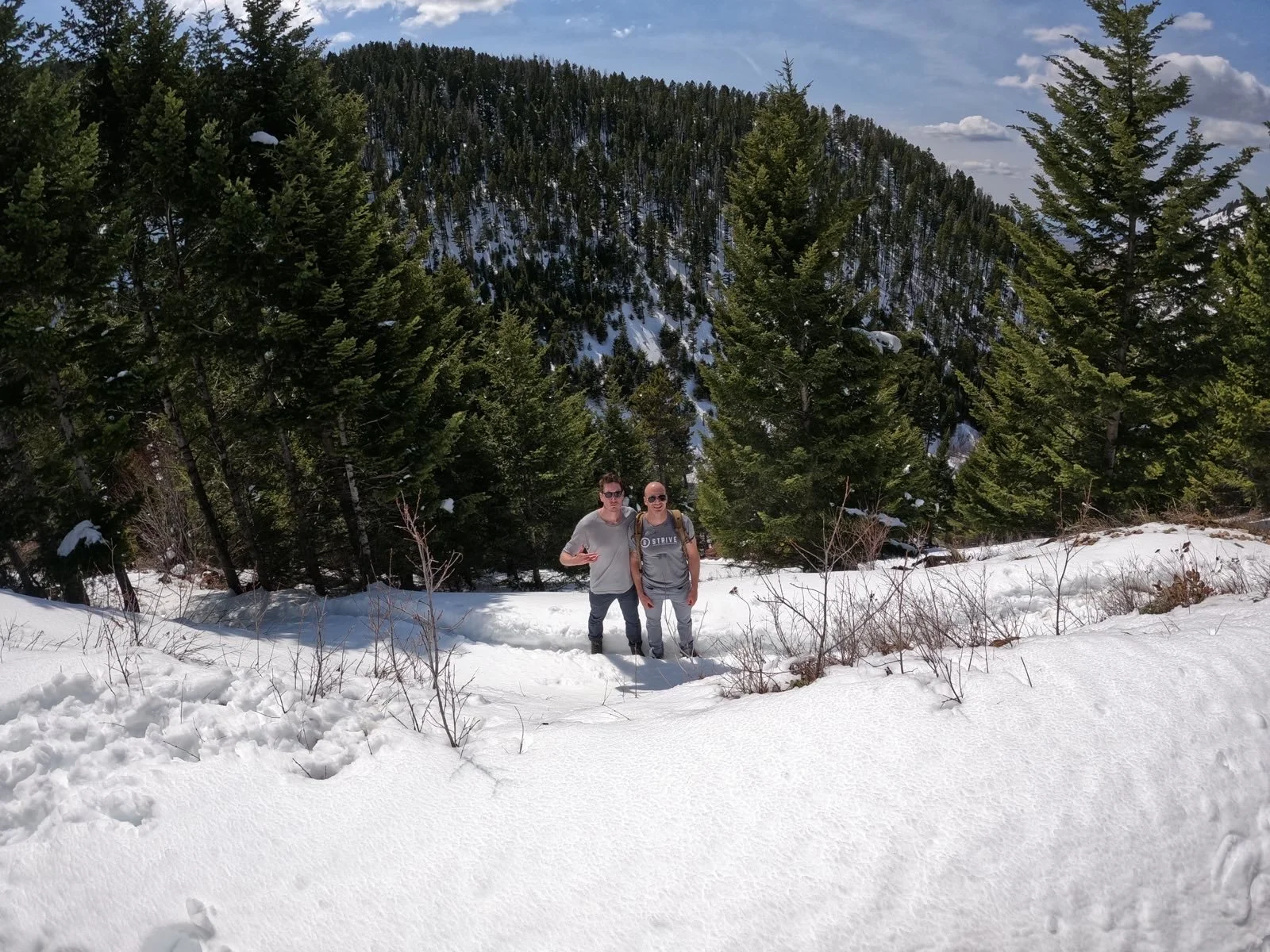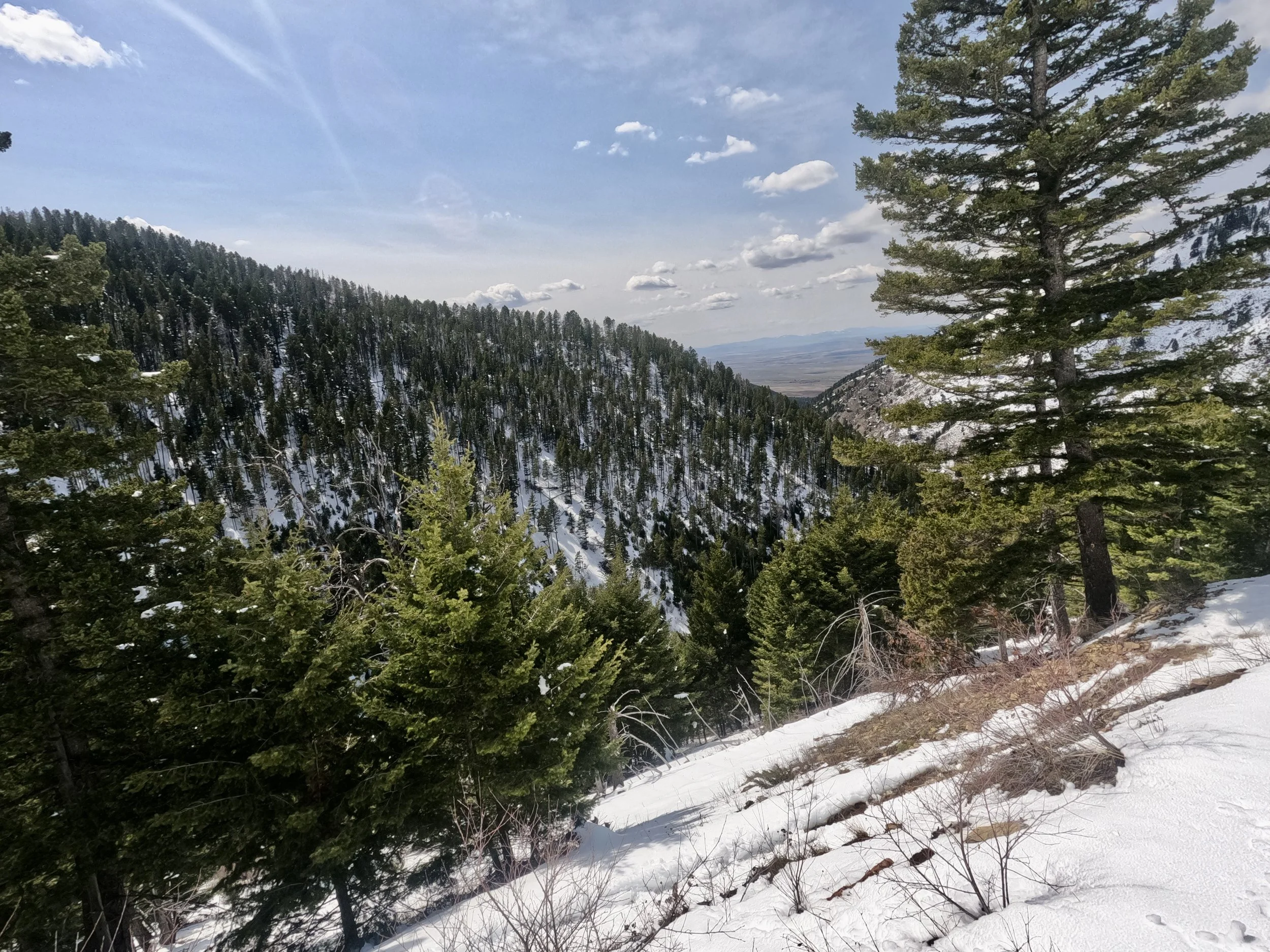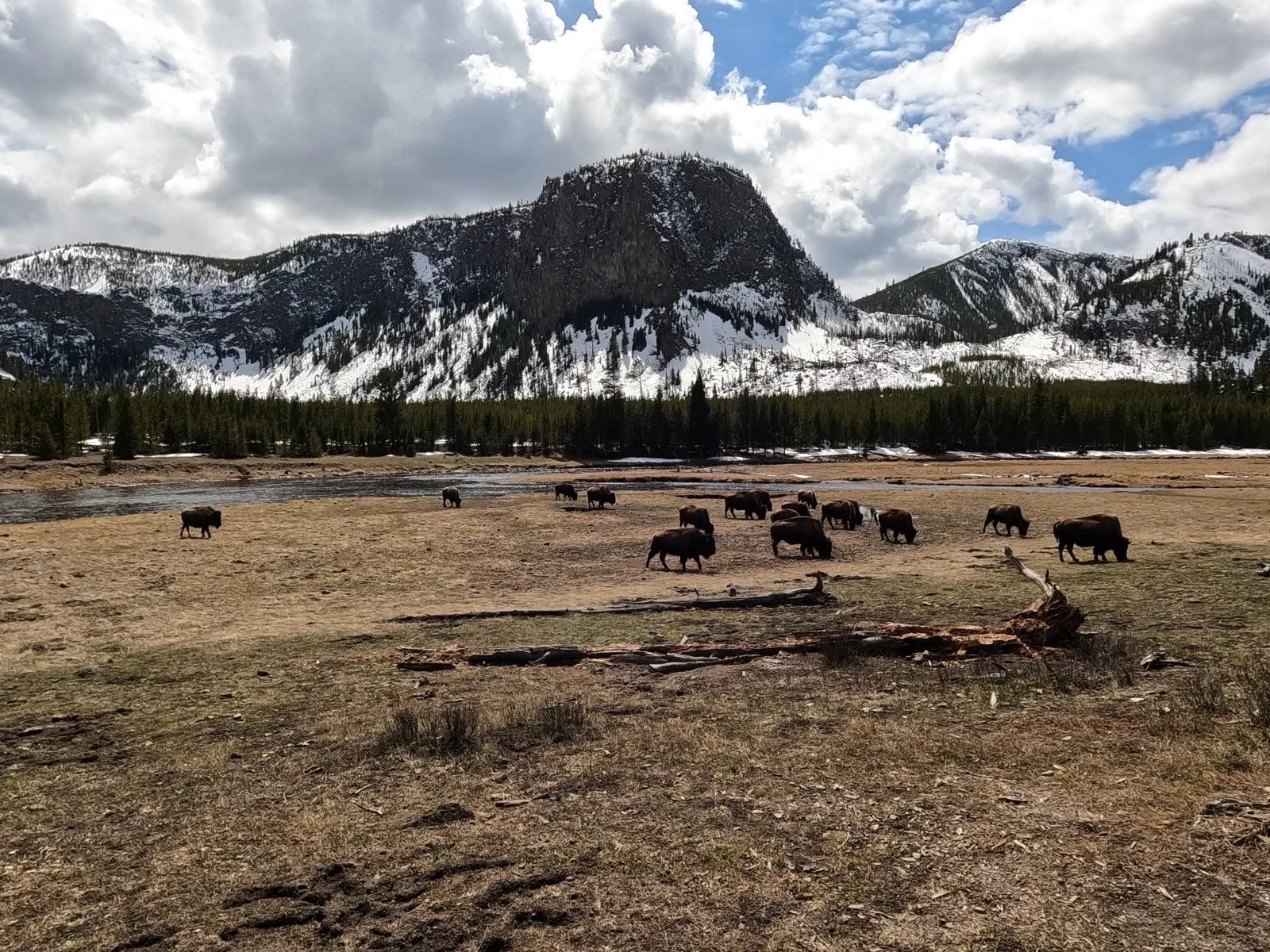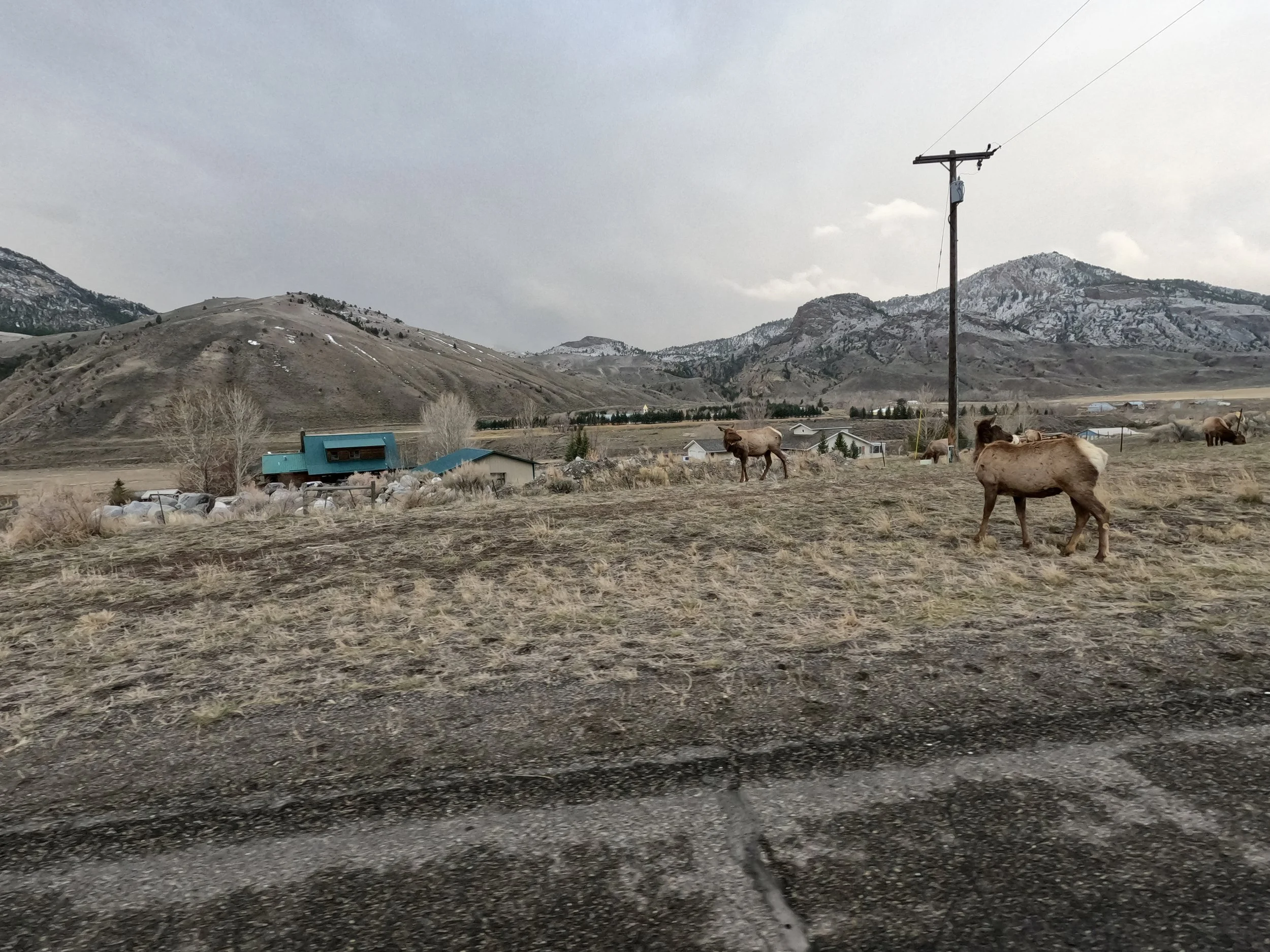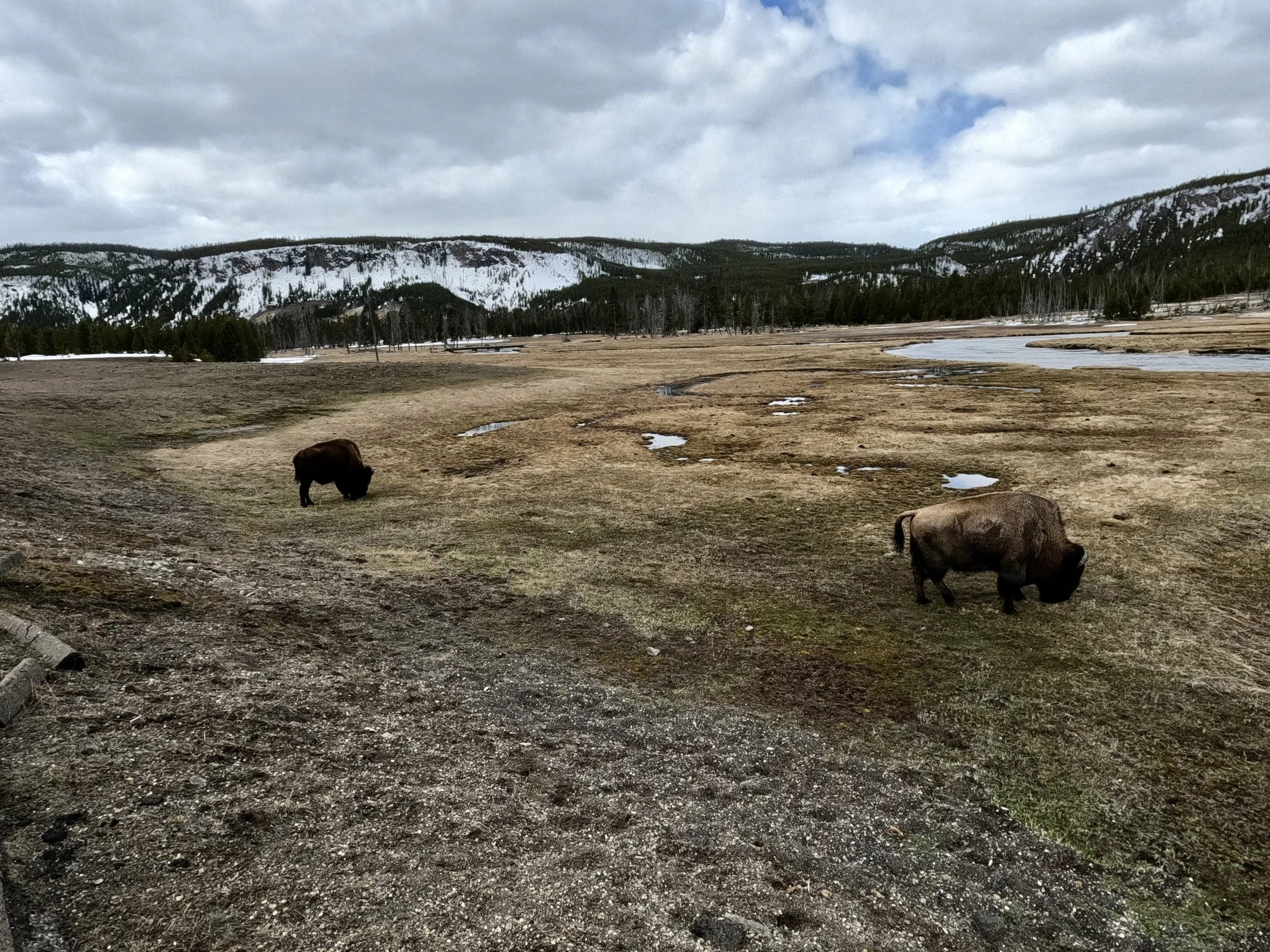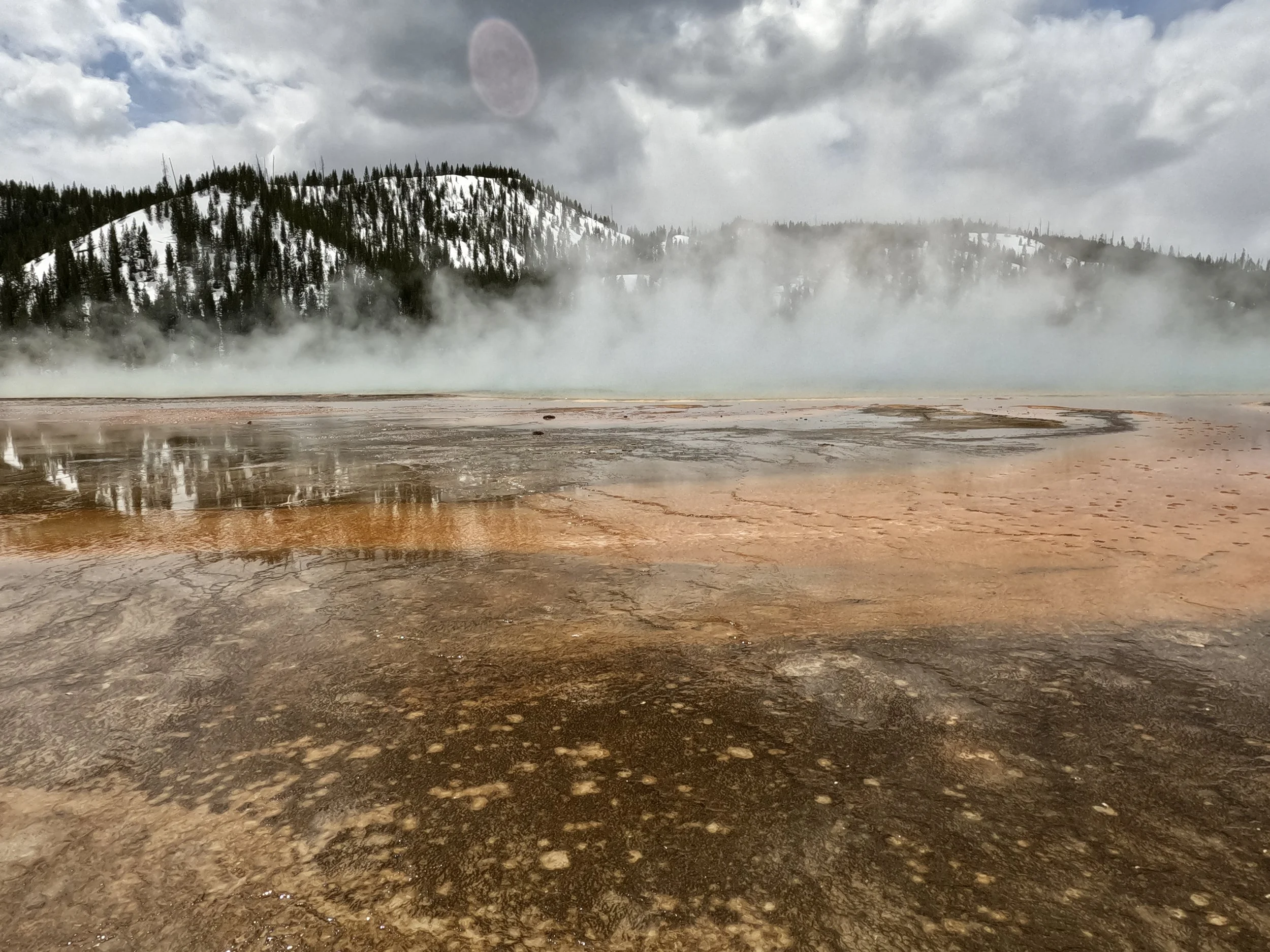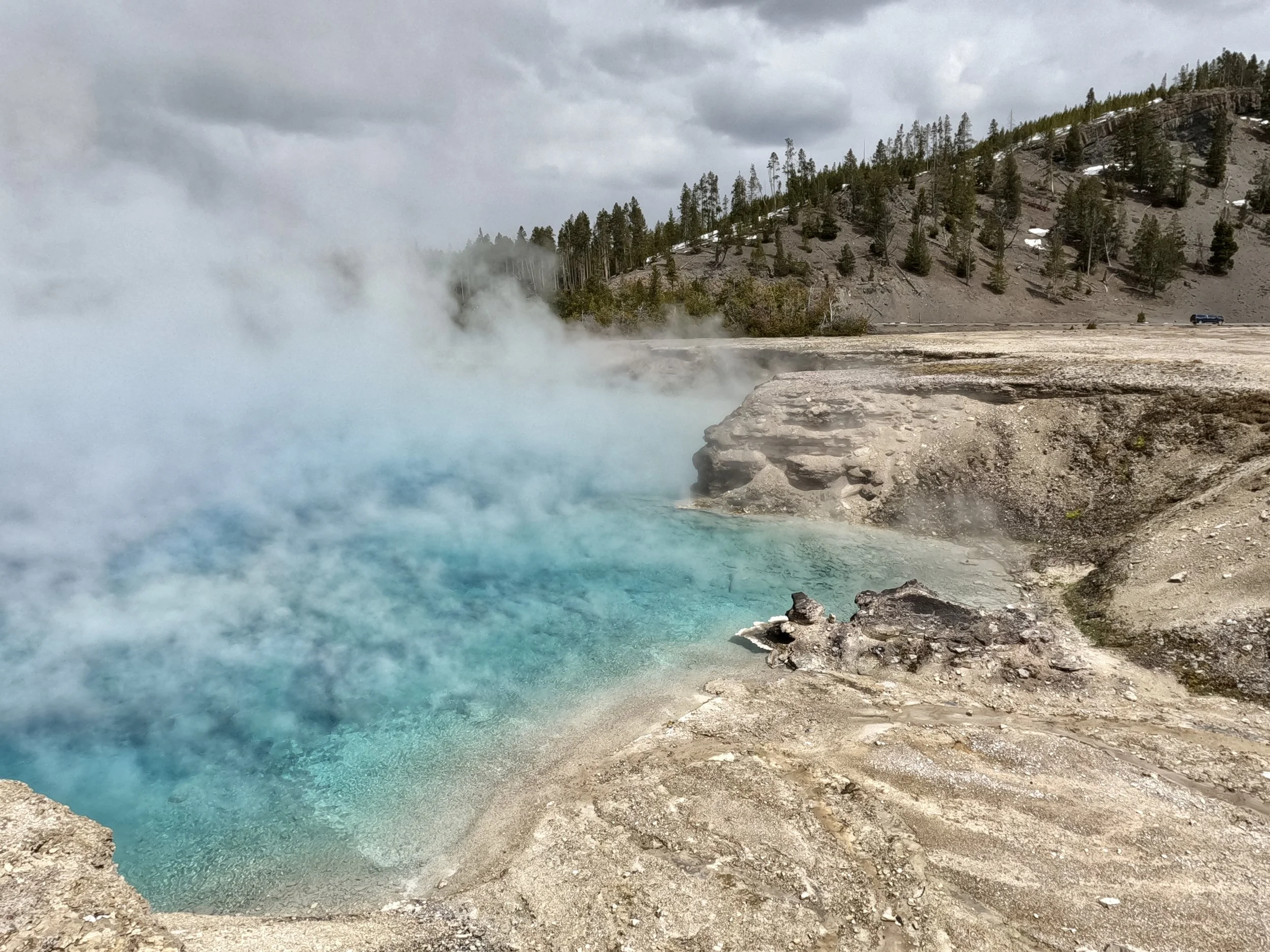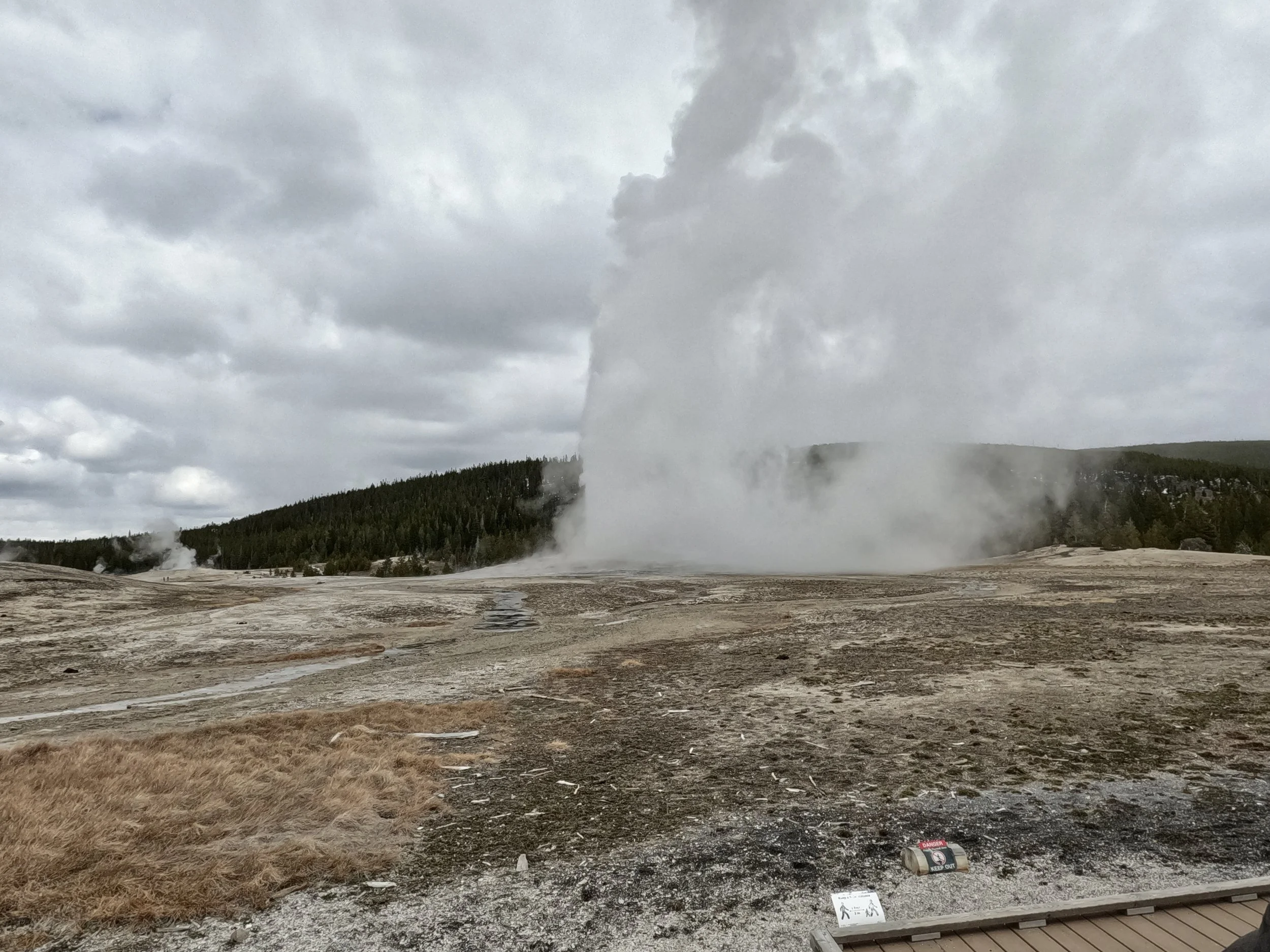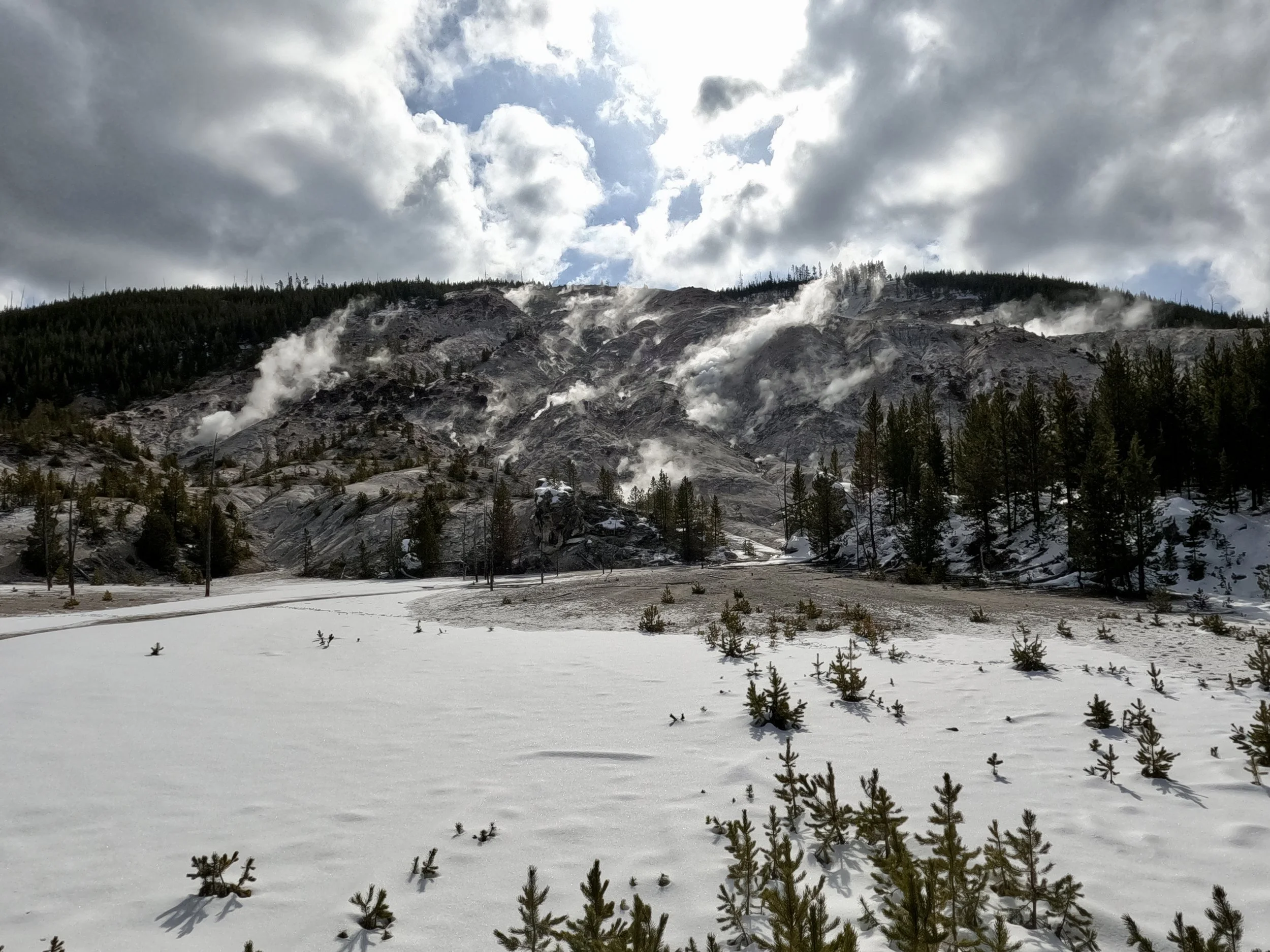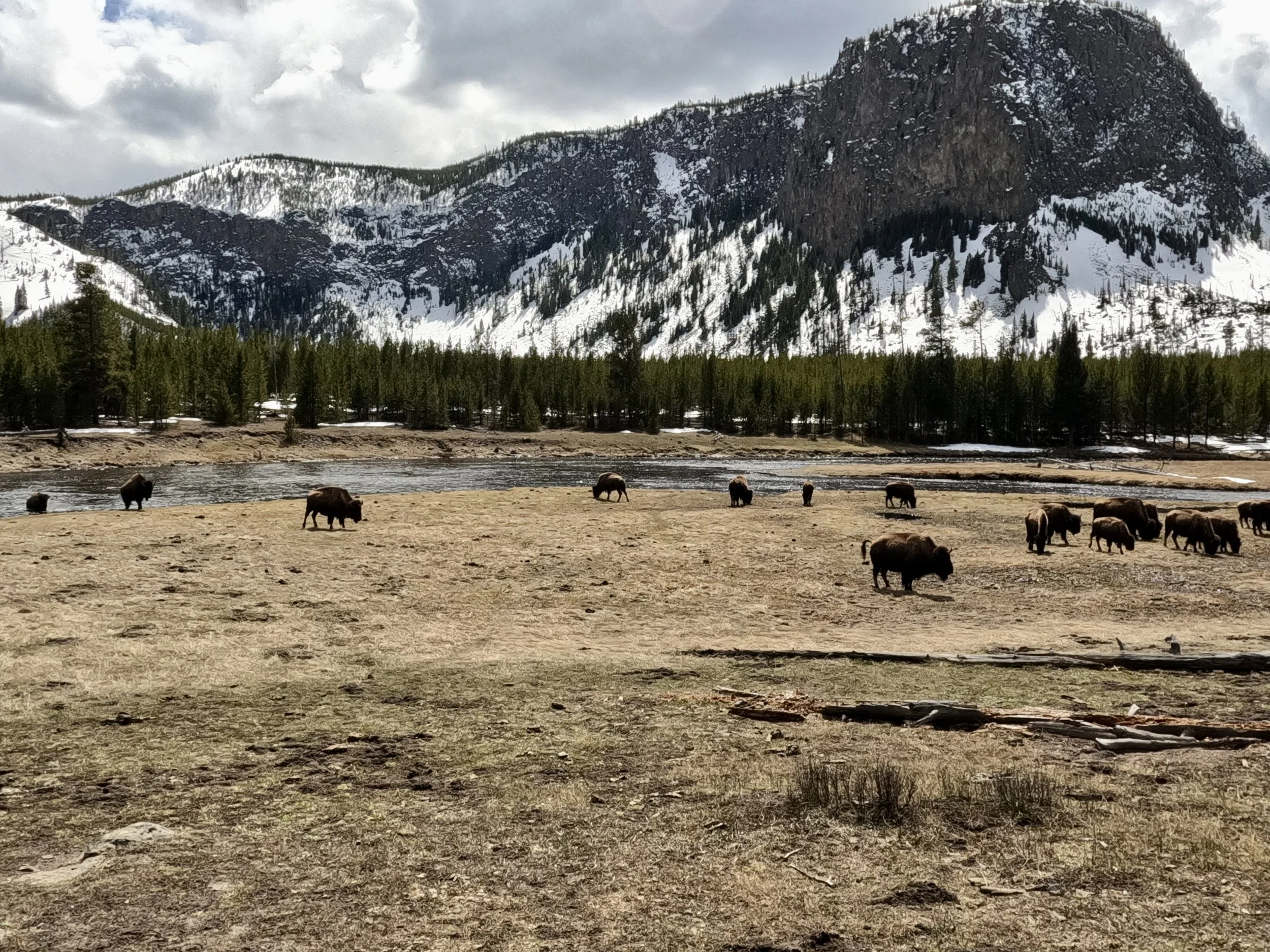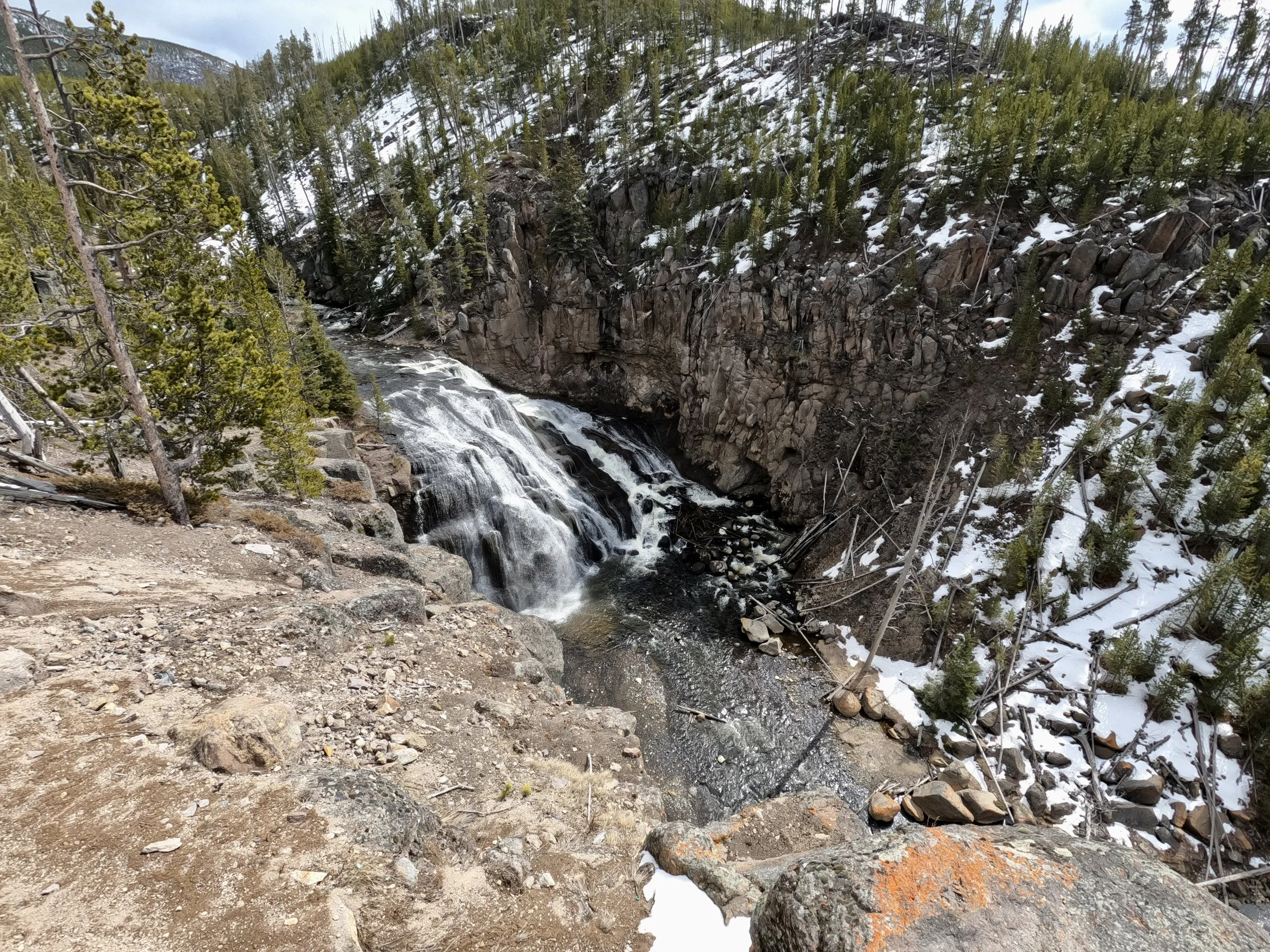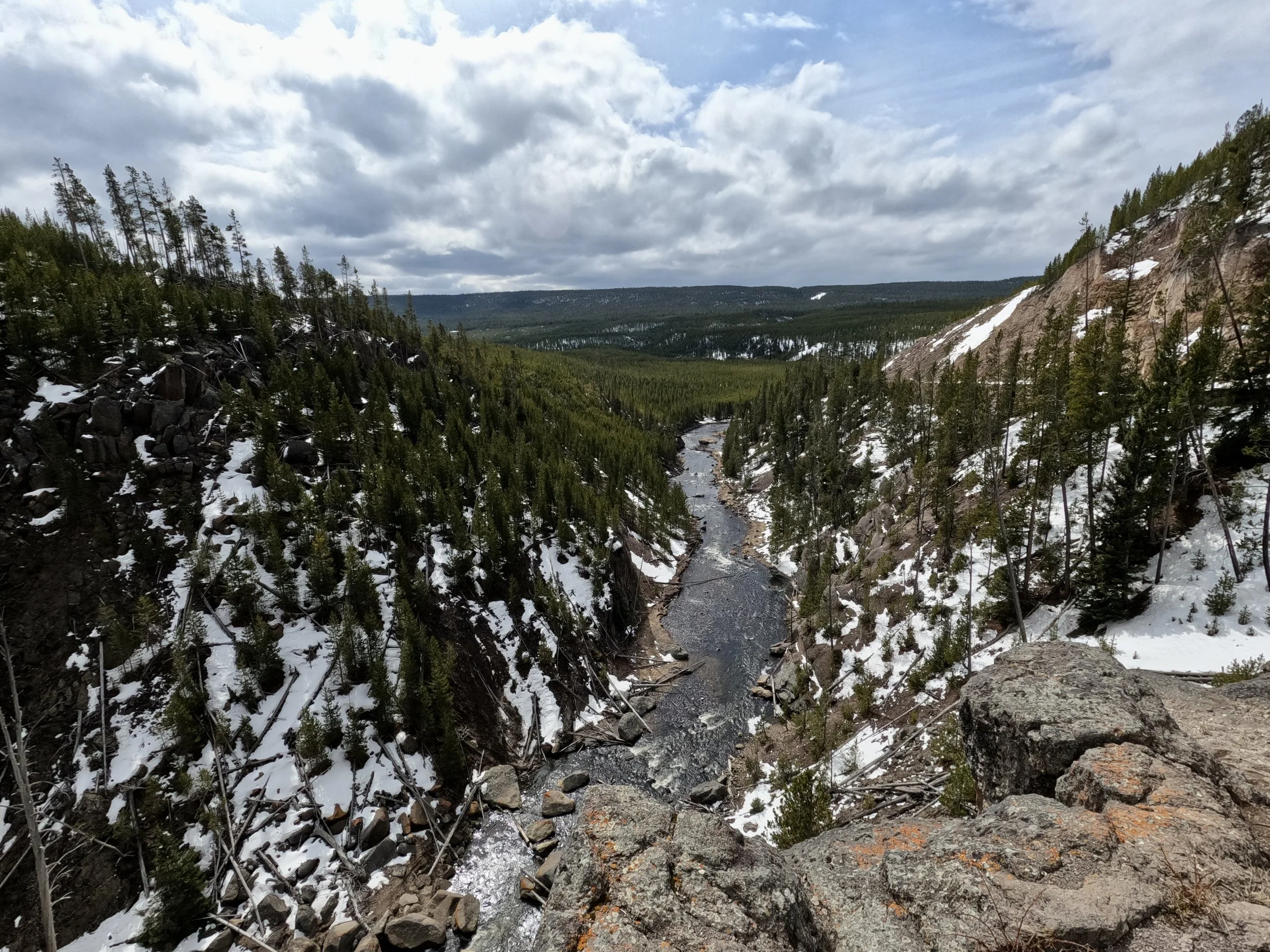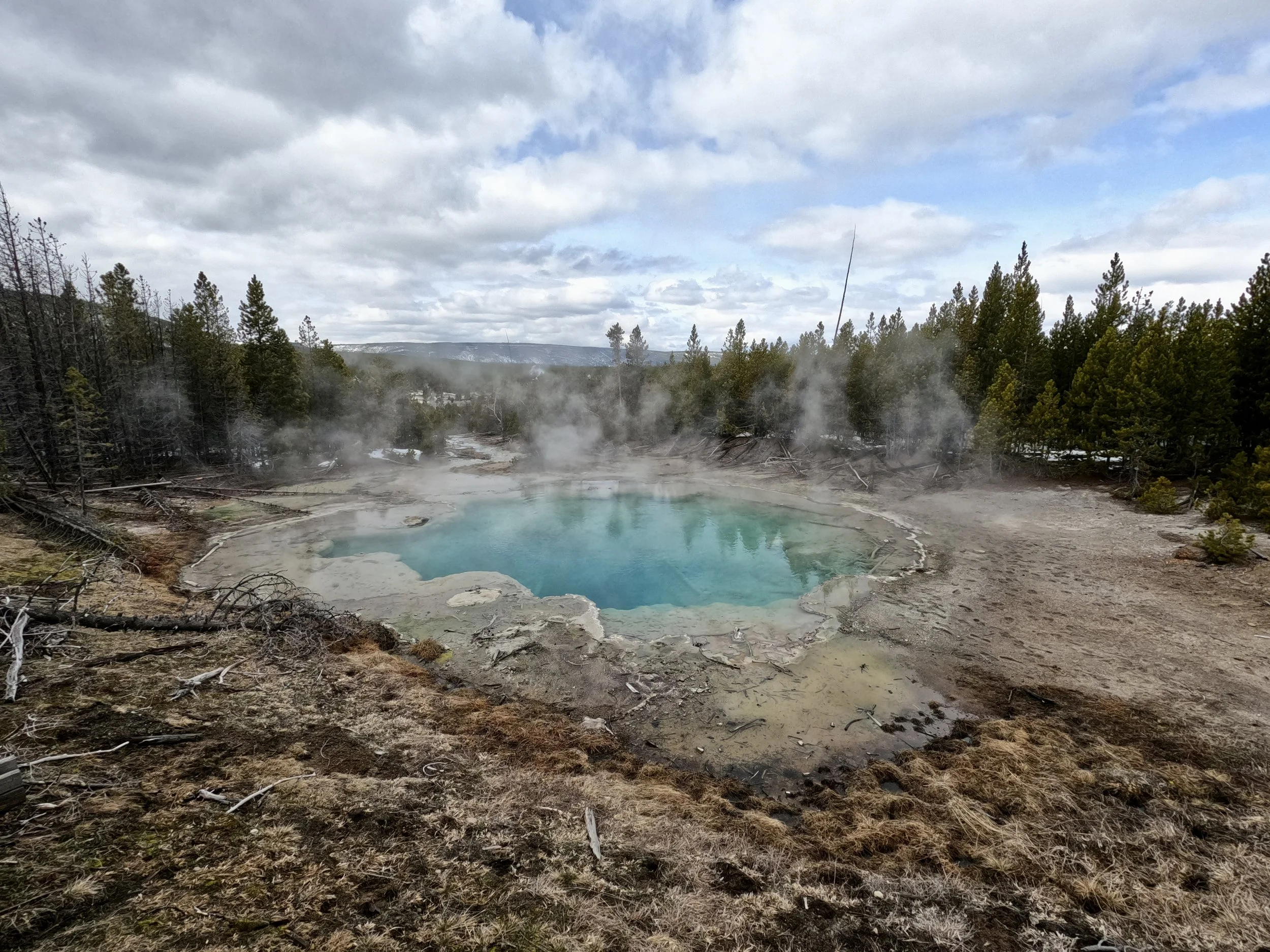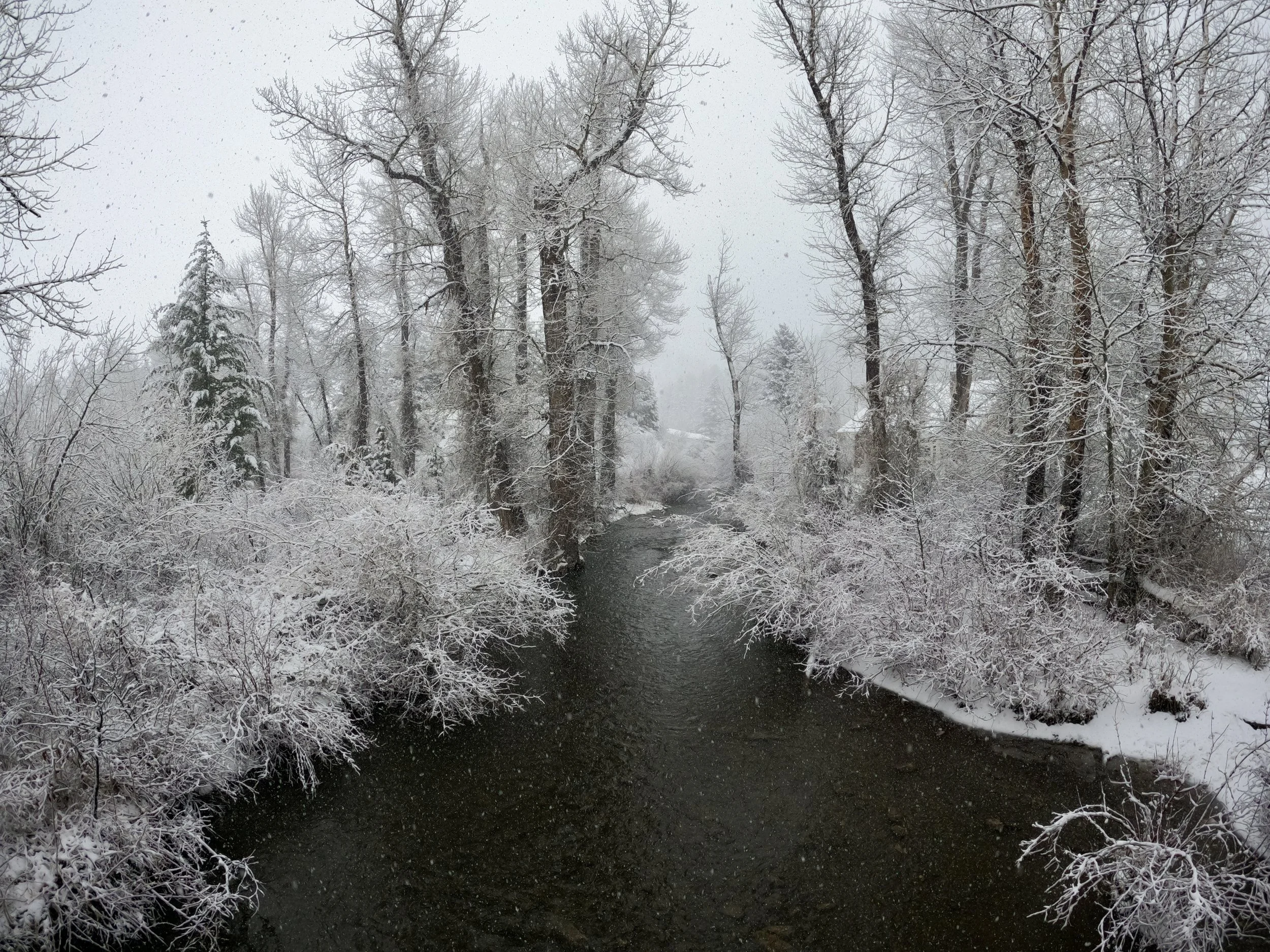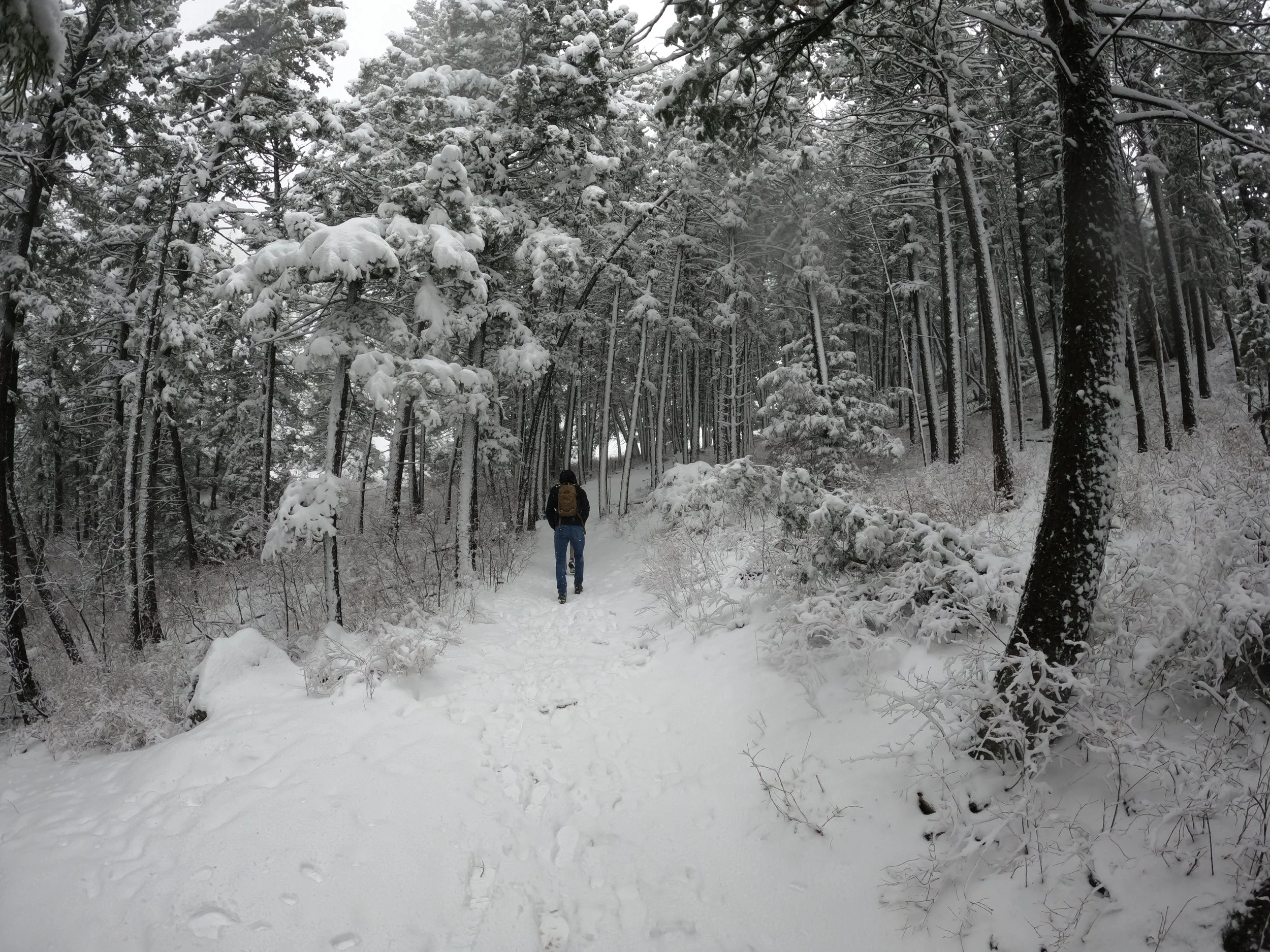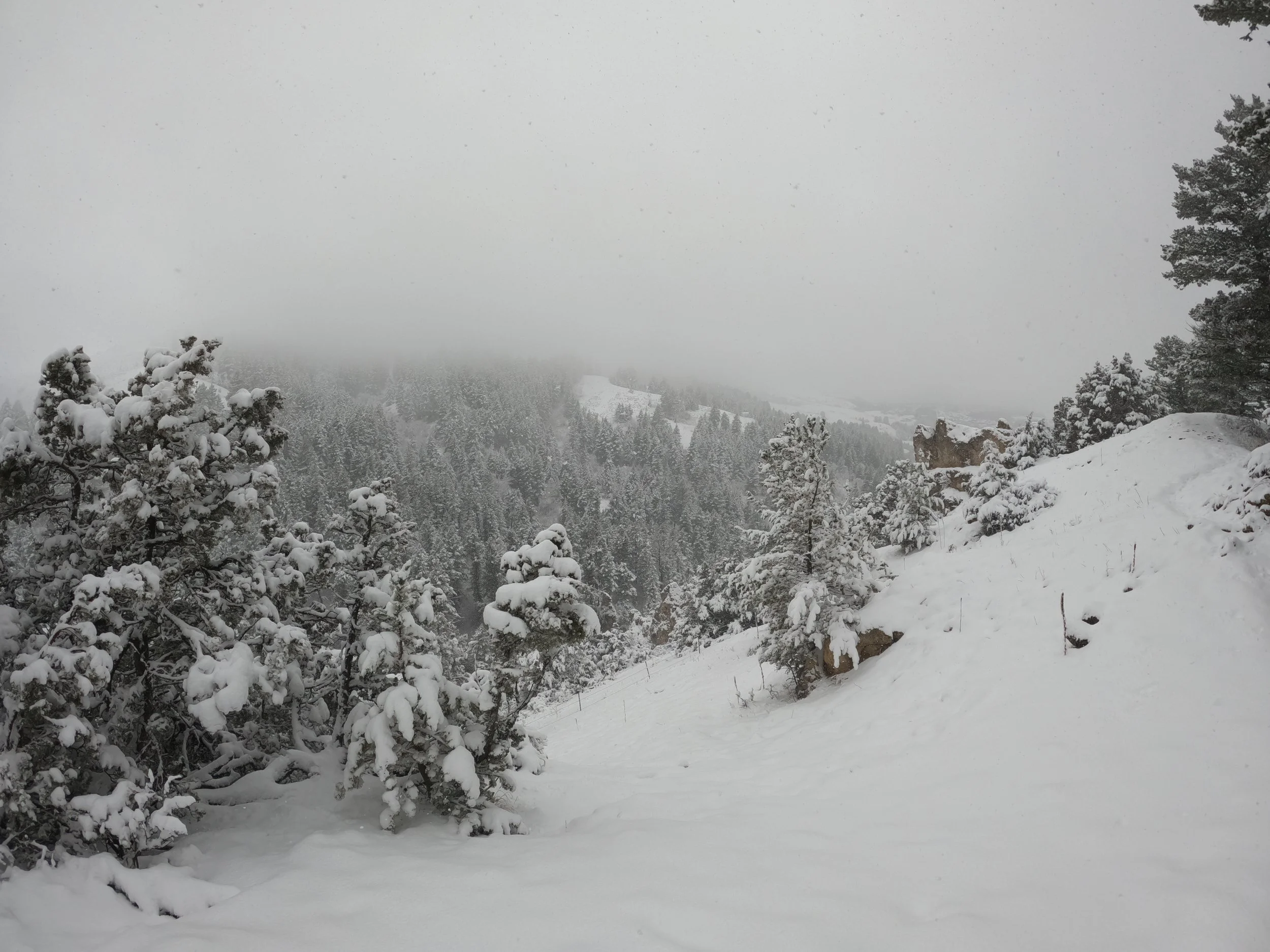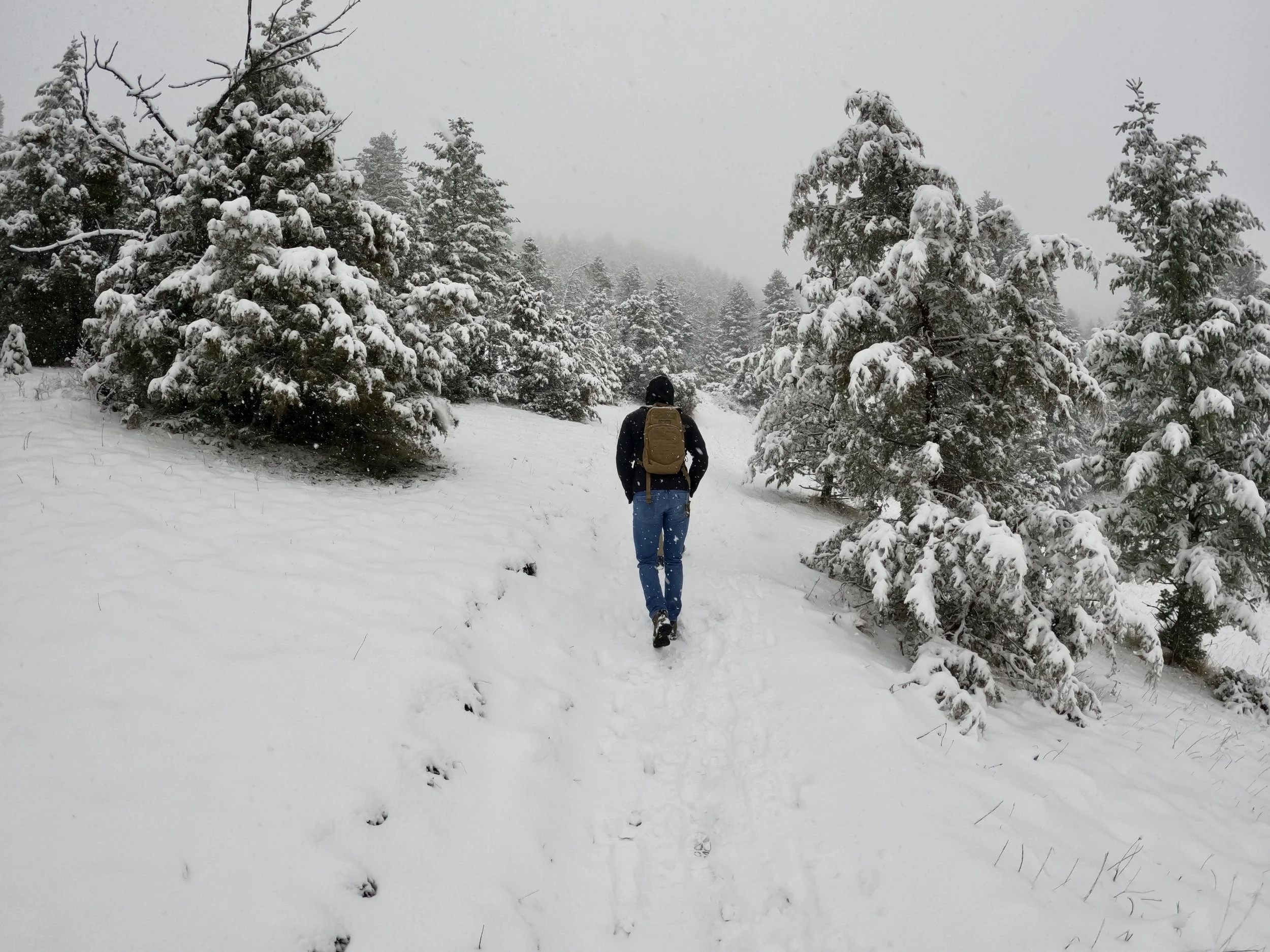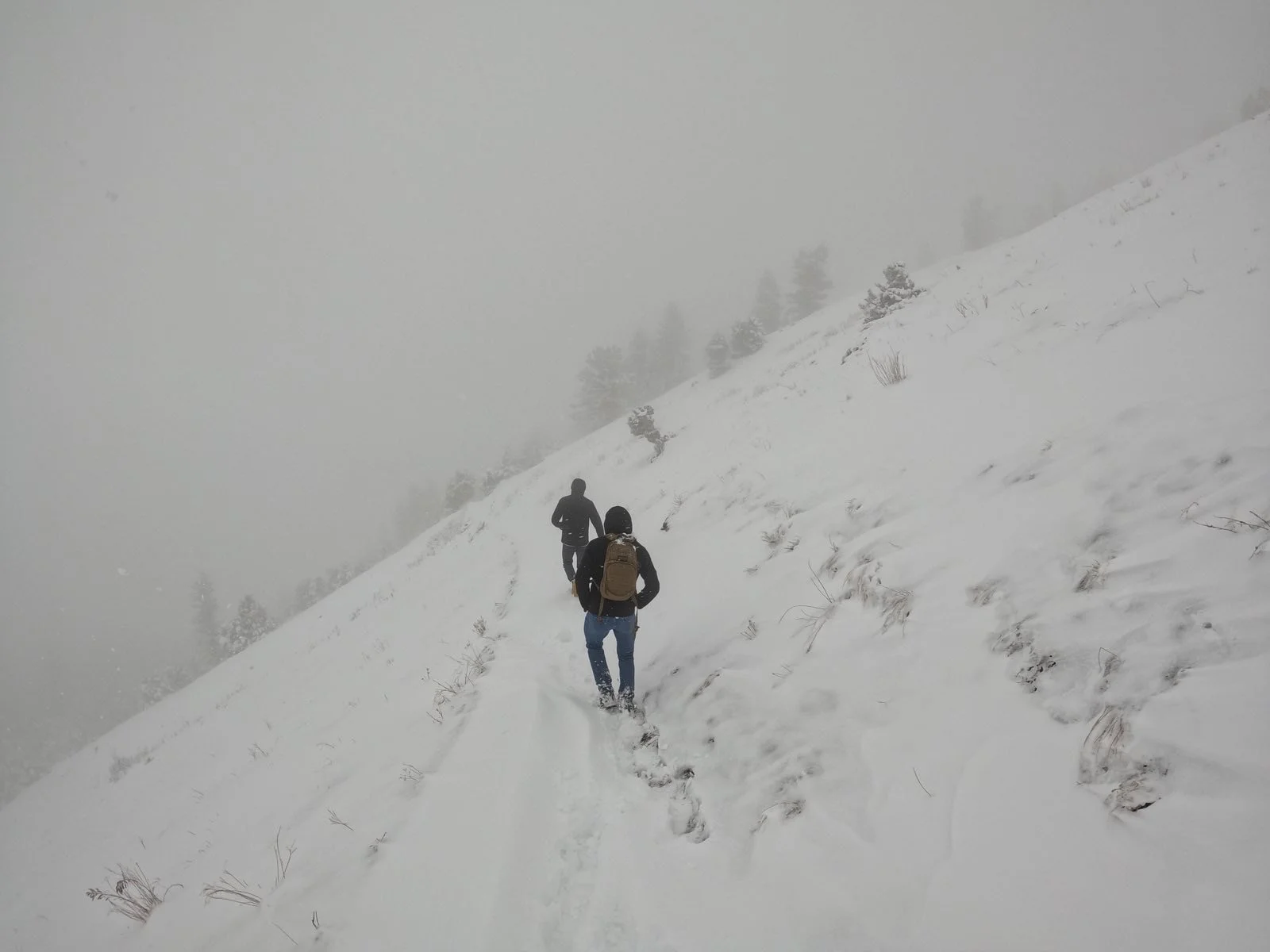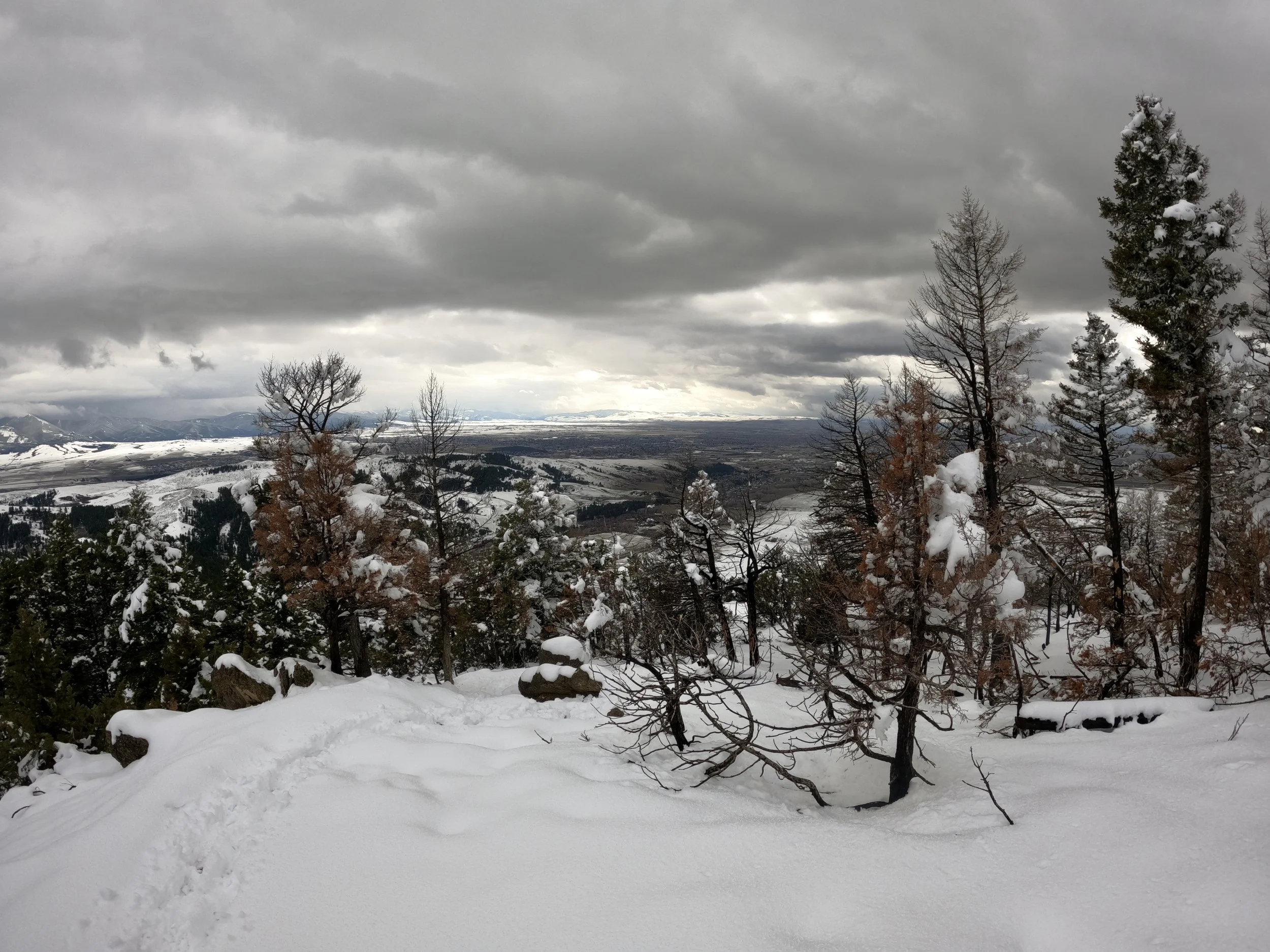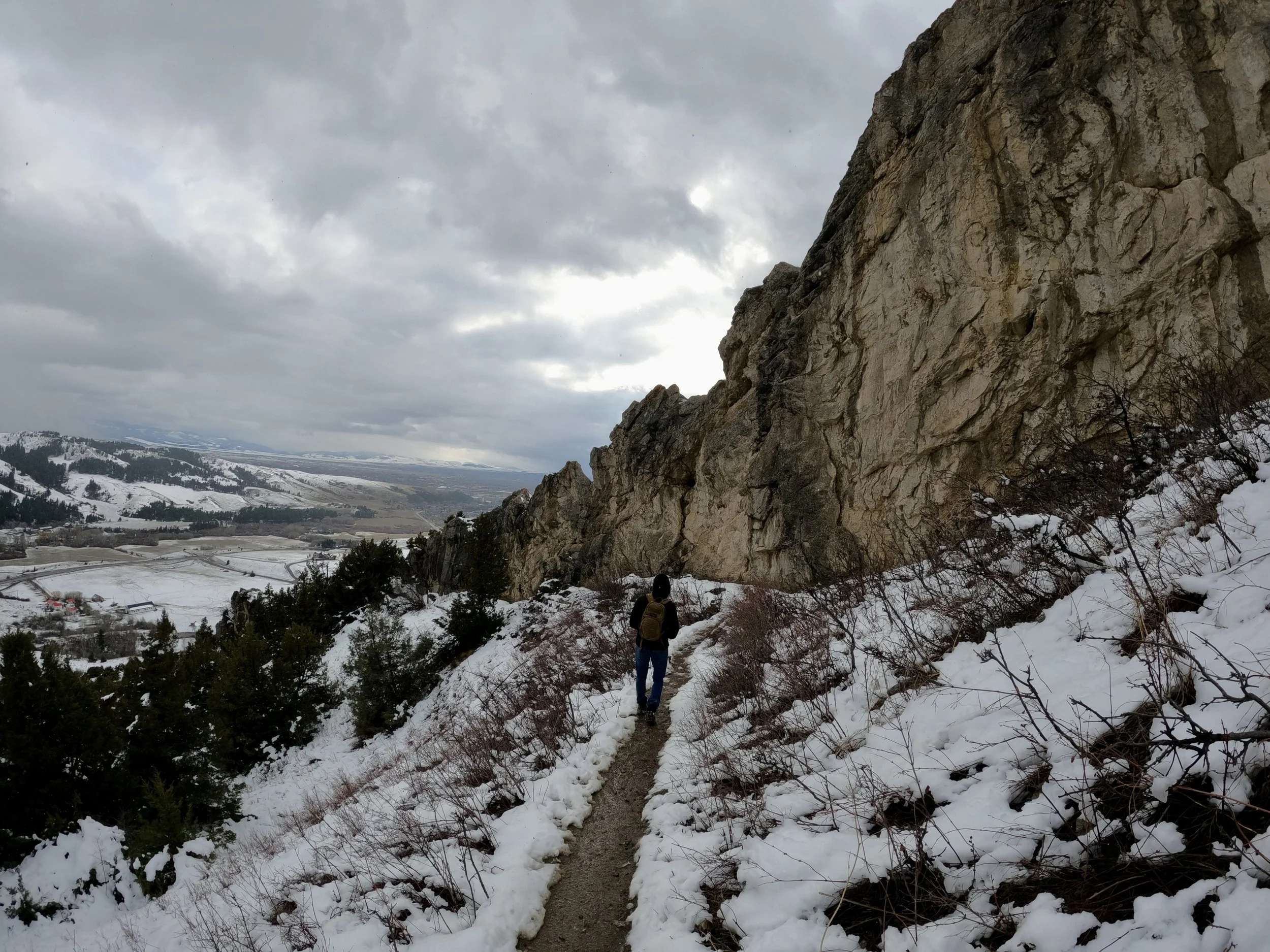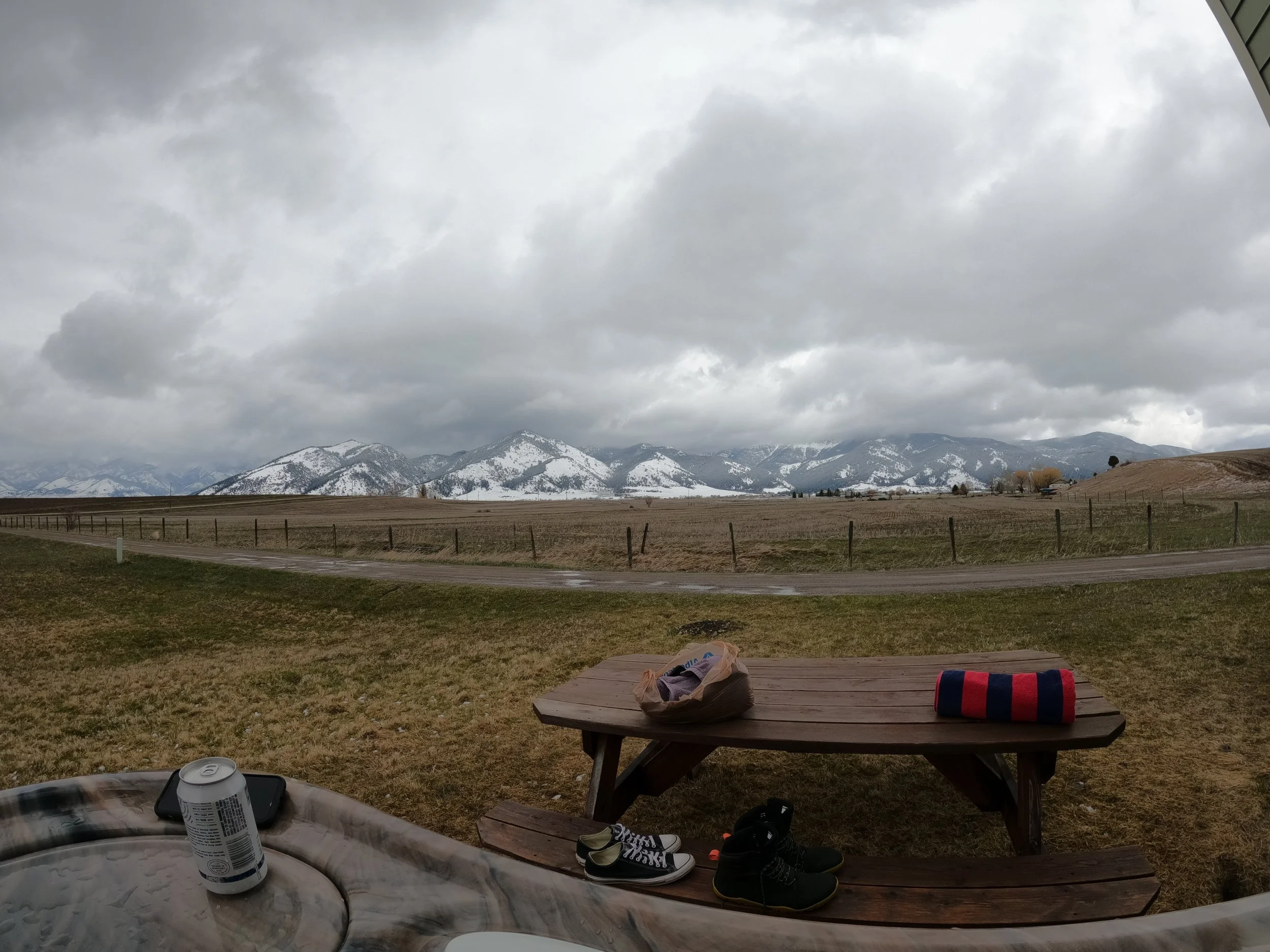Running, and the Long Game
I’ve had a long and gradual running progression that began in late January and ended with a 10k event, the Summer Sizzler, last week. This phase lasted as long as it did partly out of a hellbent intent to overcome a foot injury from a year ago. I had one ambition this year: to not only heal my foot, but to run faster than I ever had before.
That’s about 7 straight months of running volume buildup. I decided the 10k race would be as good an event to end this “phase” of running as any. As July acceded to August, I realized that it was time to rest the running muscles.
The Summer Sizzler 10k took place at Forest Park in Saint Louis on a cool and balmy Saturday morning. My legs felt reasonably fresh, though I had raced a 3200 meter timed event just a few days before.
The runners gathered near the start as the announcer counted down to takeoff. The course directions seemed barely marked, with only a smattering of signs pointing which way; I hoped that I wouldn’t get lost. I settled near the front of the starting line, only allowing some younger runners (I later discovered both were under age 20) to start ahead of me.
The race started and I felt the exhilaration of being part of a large group embarking on a quest, an army of feet smacking against earth, bodies darting up and down park hills. There is an initial adrenaline rush that makes speed feel easy for the first kilometer or so.
About two miles in, I passed one of the two young males ahead of me. I sensed some of his fatigue and decided to take advantage by accelerating to a higher place. I had no real “race” goals, but knew quickly that I was already in second place, that a hundred people were behind me, and that the leader was 18 years my minor.
I kept the leader in my field of vision as my hamstrings and quads pushed me up a long hill that spanned the entire third mile. Eventually I noticed the leader slowing and I realized that he wasn’t running a 10k; he was only running a 5k and finishing for the day. I still had half of my race remaining. This also meant that I was firmly in the lead for the 10k.
I held my pace steady for the second half, only fading on the final uphill mile of the course, to claim a victory and pose proudly for the camera at the finish. I had something to be proud of: a year ago, I was not sure if I’d ever run again. Crazier yet, in college, my 10k timed run was about 56 minutes, and that was almost 20 years ago. On this day at Forest Park, one year after tearing several ligaments in my right foot, I clocked 39 minutes and won. I felt the closure from my foot injury that I desperately needed.
I am 17 minutes faster in a 10k than I was 20 years ago. Time is an illusion. That excites me more than any finish. I believe that I still have ample room for improvement. Regardless of how much improvement is in store, even if there is actually none left, I intend to keep running for many years into the future.
I remind myself that I am not striving to maximize my performance. I am in what I call “the long game.” The long game, for me, supersedes any “short-term outcomes.”
The “long game” goal has nothing to do with place, rank, or time. The aim is to continue having active adventures well into my 50s, 60s, 70s, 80s, and 90s. I’d rather be the first centenarian to bike across Europe than a winner of any near-term race. I plan on signing up for plenty of events and having fun with all of them, but the long-game is where I set my sights.
Playing the long game helps put my exercise into perspective. So many people frown while they run, eyes glued to GPS watches, their banter mostly about boring adult things such as stride length and cadence.
All those things are relevant to running, certainly, but a soul tethered to a watch will inevitably miss the joy of gliding through summer air on two feet, for miles on end, possessing the ability to outlast every other animal on this earth with human endurance. It is the closest we can get to our ancestors as they persistence hunted their prey, running until their targets collapsed and their bodies crashed to the earth.
If affixed to a watch, how can one have the courage to accelerate madly downhill with a smile on the face and a childlike reckless mentality? Steady pace is the way of the watch. Steady pace can be boring, though it does have value in allowing for time to connect and chat with other people. There is no gambling, however, in steady pace. I think we need to gamble every so often. Still yet, the eyes that only see clocks will miss the wildlife that envelopes the environment.
In playing the long game one can appreciate longevity. I do not necessarily mean life longevity. How much exercise can actually extend lifespan is debatable (probably not as significant a factor on lifespan as our genetics). However, I do believe that the quality of our years spent on this planet can be extended. I’d rather be a 60-year-old still running like a 20-year-old than a 60-year-old struggling to mount a flight of stairs.
So the 10k was exciting. It was fun, it put me in a great mood, and it left me planning the next run. It brought back the adrenaline rush I always felt from competition. Winning and breaking 40 minutes were welcome surprises. To quote Ozzy Osborne, “I don’t wanna stop.”
But now that 10k is in the past. The medal I was awarded is a bit of history. Life moves on to the next event and the next adventure.
Right now, I’m resting the running legs for my birthday month and focusing on cycling. Running will pick up again in September.
Next week, to combat mortality and 37 years on planet earth, I will bike up the Eastern United States, from Virginia to Pittsburgh. It will take several days and hundreds of miles.
It’s the next adventure, and a relevant stage in the long game.


